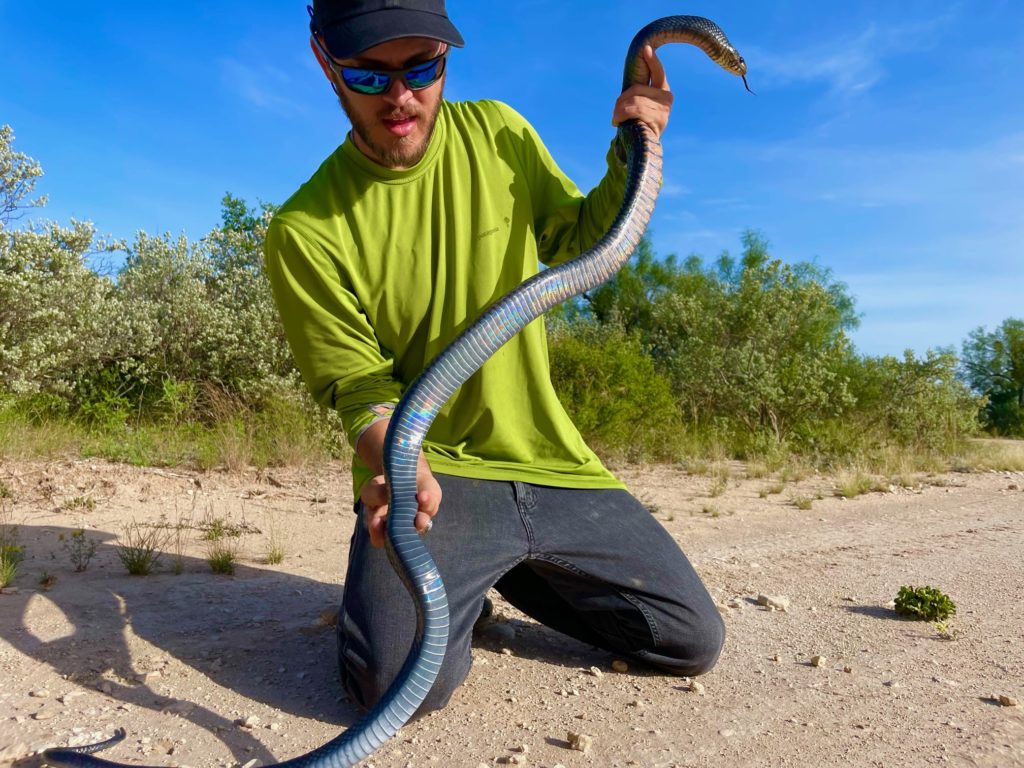Much like hunting during the whitetail rut, fishing during the spawn provides opportunities to encounter giants. And just like during the rut, you must know going into the day that it may be a grind. It’s possible that it could take all day to catch a big fish. It’s also possible that you locate a ten pounder and it takes one cast to catch her.
The right gear for the job
You won’t catch her without your number one piece of equipment though. Yes, your rods are important, but I’m talking about a pair of quality sunglasses such as Costa Del Mar. Without good lenses you may as well just sit on your boat deck and cast blindly. Here are a few more simple recommendations for fishing during the spawn. Along with those great sunglasses, wear a large brimmed hat to shade the sun (the bass like it too), and keep the sun at your back. Sight fishing or not, move quietly throughout the water and on the deck of your boat. Take your time and fish slowly. Lastly, be prepared to throw the tackle box at them. Soft plastic baits such as the Yum Wooly Bug, YUM Craw Papi, Yum Lizard, and the Strike King Coffee Tube should agitate a biggun’ enough to force a strike.
What is “the spawn”?
Now that you are semi-prepared to catch fish during the spawn, let’s quickly dive into the subject. Some of you could be reading this and not have a clue what I’m talking about. What is the spawn? For largemouth bass, the spawn is the reproductive period where the smaller male, or buck, prepares a nest/bed for the larger female to lay her eggs. Whether it is on sand, rock, or roots of aquatic plants, the male prepares the nest on a hard, silt-free bottom. Silt is an enemy of eggs as it can suffocate them. Once the nest is prepared, the male will court the larger female until the spawning occurs. The female will discharge thousands of eggs while the male fertilizes them. After that, the female leaves for her post-spawn area to recover while the male guards the eggs. The male will continue to guard the offspring as they hatch and will only quit guarding once the fry leave the nest to fend for themselves.
Environmental Factors
There are several factors that trigger the spawn such as a new moon, full moon, or a sunny day, but when the water temperature hits 60 degrees, it’s time for reproduction. I’m using 60 degrees as an average as it could be less, or could be more; each body of water is different. The warming of the water from the fifties to the sixties shifts the males attention from feeding to bed preparation. Luckily for anglers, bass do not spawn at the same time in a body of water as water temperatures vary from location to location. Bass will spawn in the northern portion of the lake first as it has the shallowest depths which heat up the quickest. While talking about shallow depths, it’s important to mention that most bass prefer to spawn in less than six feet of water. Again, each lake is different and the spawn depth depends on water clarity. For example, Lake Amistad on the Texas and Mexico border has extremely clear water, and I have seen bass spawning in depths of twenty feet!
While fishing can prove to be tricky during the spawn, it can also be a day you will never forget. With the big, heavy females up shallow and vulnerable, spring is the time of year to catch the biggest bass of your life and maybe, just maybe, put your name in the Toyota ShareLunker program.
Hunt.Fish.Love.Texas.
